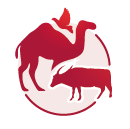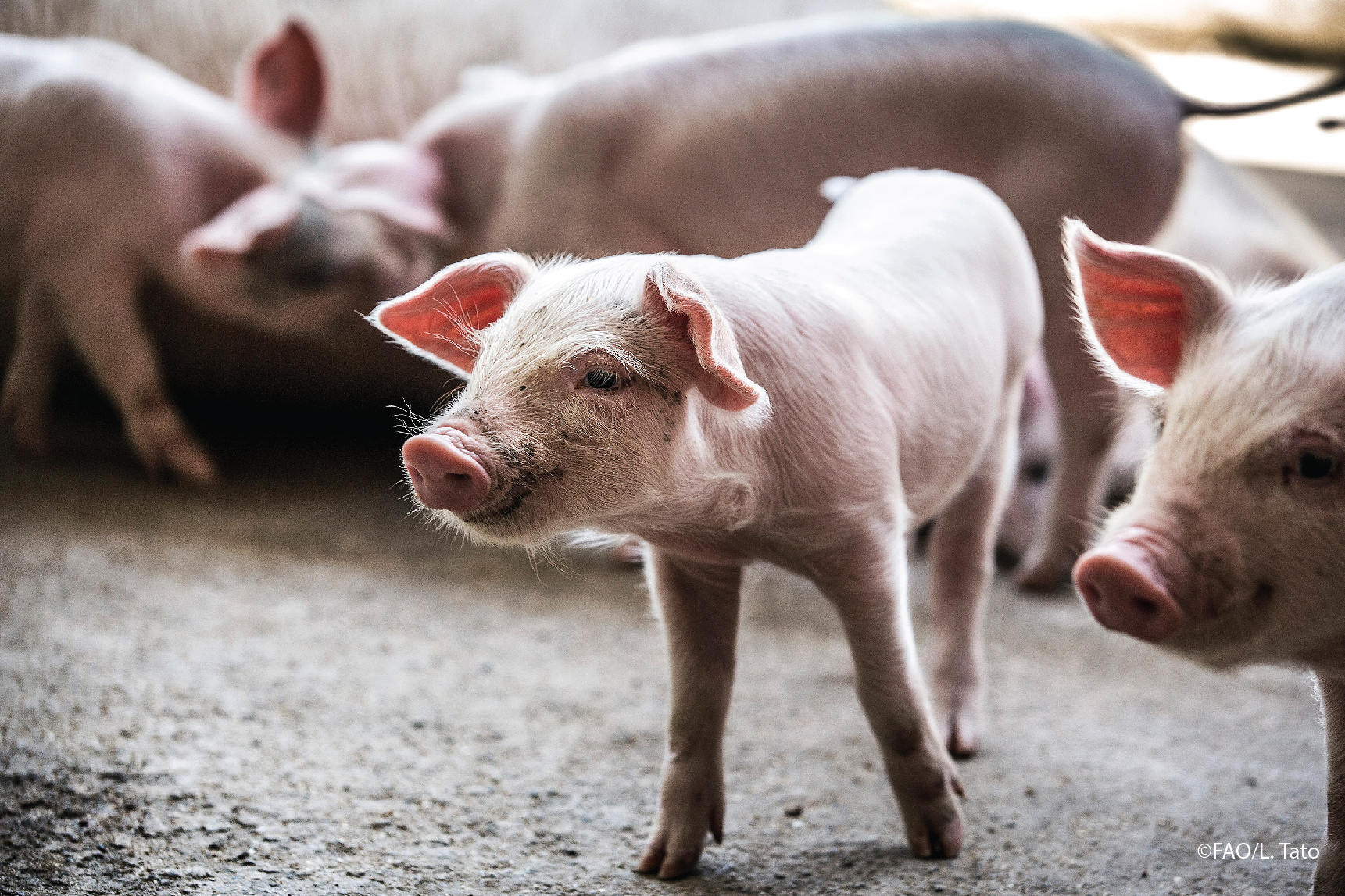Animal Genetic Resources
 The diversity of animal genetic resources contributes substantially to the Four Betters of the FAO Strategic Framework. Animal genetic resources for food and agriculture are the primary biological capital for livestock development and are vital to food security and better nutrition. Many of the world’s rural poor – an estimated 70 percent – keep livestock and rely on them as components of their livelihoods, meaning that proper management of animal genetic resources is a key aspect of better production, more sustainable production systems, and a better life for livestock keepers. Domesticated animals also contribute the functioning of the ecosystem, by providing services such as seed dispersal and nutrient cycling, and hence play a role in shaping a better environment.
The diversity of animal genetic resources contributes substantially to the Four Betters of the FAO Strategic Framework. Animal genetic resources for food and agriculture are the primary biological capital for livestock development and are vital to food security and better nutrition. Many of the world’s rural poor – an estimated 70 percent – keep livestock and rely on them as components of their livelihoods, meaning that proper management of animal genetic resources is a key aspect of better production, more sustainable production systems, and a better life for livestock keepers. Domesticated animals also contribute the functioning of the ecosystem, by providing services such as seed dispersal and nutrient cycling, and hence play a role in shaping a better environment.
Strategic actions for the sustainable management of animal genetic resources are set out in the Global Plan of Action for Animal Genetic Resources. These address the following four key aspects of management: characterization, inventory and monitoring, which guide decision-making in the management of livestock genetic diversity; sustainable use, which ensures that animal genetic resources, and all natural resources, are used to improve livelihoods in an optimal manner; conservation, which is needed to stop the current erosion of livestock genetic diversity and maintain it for future generations; and policies, institutions and capacity-building, which are required in order to provide an appropriate supporting framework for the management of animal genetic resources. The main responsibility for implementing the Global Plan of Action lies with national governments.
The work undertaken by FAO on animal genetic resources for food and agriculture addresses technical, policy and institutional issues, and takes account of interactions with other aspects of natural-resources management, production-system dynamics, general socio-economic development and markets.
Key publications
Working Group on AnGR
Publications
- Innovations in cryoconservation of animal genetic resources
- Genomic characterization of animal genetic resources Practical guide
Related links
Articles
- Multifunctionality and provision of ecosystem services by livestock species and breeds at global level
- Sustainability - Special Issue "Sustainable Management of Animal Genetic Resources"
- Monitoring and Progress in the Implementation of the Global Plan of Action on Animal Genetic Resources – (paper by our group within the special issue)







